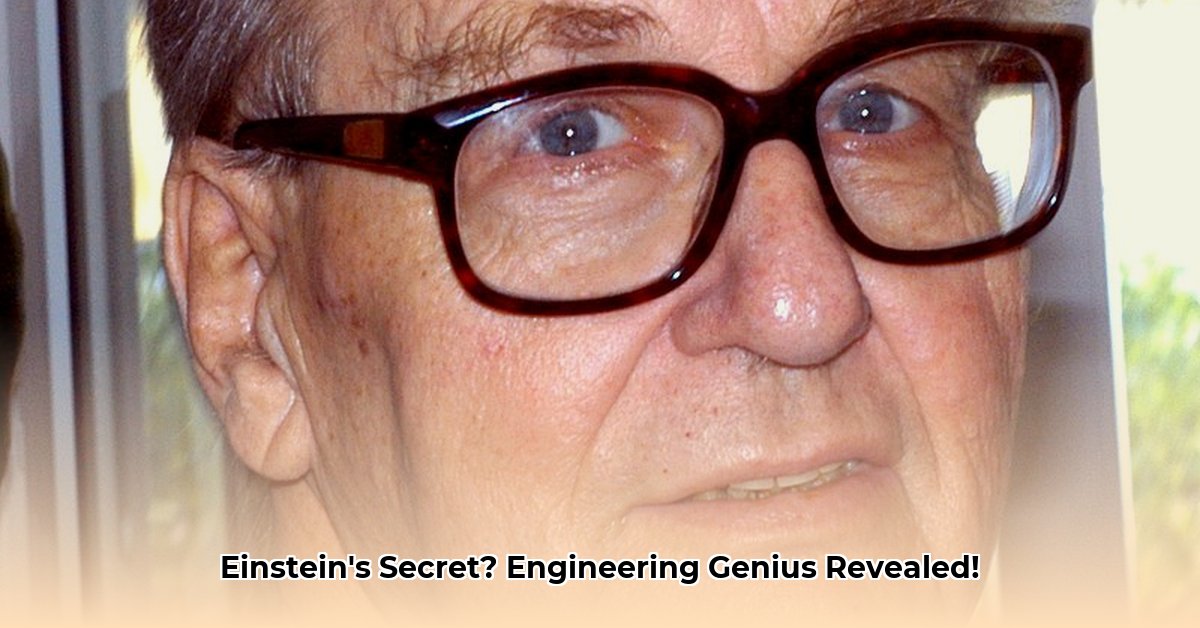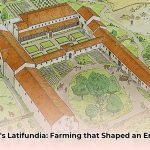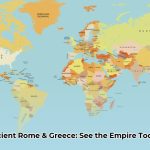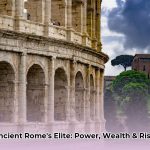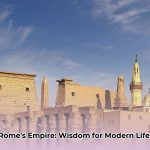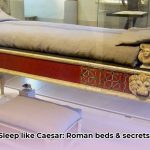Ever heard of Bernhard Caesar Einstein? Probably not. While everyone knows Albert Einstein, his grandson, Bernhard, carved out his own impressive path, becoming a successful engineer and inventor. This isn’t a story of riding on grandpa’s coattails; it’s about a man who made his own mark, leaving behind some impressive inventions. We’ll explore his life, his work, and how his family – including the famous Einstein – influenced him. Get ready for the story of an engineer who deserves more recognition. It’s a fascinating peek into a different side of the Einstein legacy.
The Life and Times of Bernhard Caesar Einstein
Bernhard Caesar Einstein: the name may not immediately spark recognition like that of his grandfather, Albert, but this talented man deserves a closer look. He wasn’t a theoretical physicist contemplating the intricacies of the universe; instead, he built tangible things as a remarkably successful engineer. His story is a blend of family heritage, personal ambition, and notable achievements, often overshadowed by his lineage. Let’s delve into the life of Bernhard Caesar Einstein and uncover a compelling tale of innovation and ingenuity.
Born in Dortmund, Germany, on July 10, 1930, Bernhard’s early life was shaped by the growing unease in Europe as the Nazi regime rose to power. His father, Hans Albert Einstein, son of Albert, recognized the impending danger and moved his family to Switzerland when Bernhard was still a child. Later, seeking greater opportunities and safety, they emigrated to the United States in 1938, settling in South Carolina.
Bernhard’s education reflected this transatlantic journey. He attended the Swiss Federal Institute of Technology (ETH) in Zurich, Switzerland, a prestigious institution renowned for its engineering programs, and later, the University of California, Berkeley. This combination of European and American academic influences likely shaped his approach to problem-solving and innovation.
Engineering Prowess
Bernhard didn’t rely on his family name. He established a career in practical engineering, contributing his skills to major companies. Texas Instruments, ITT (International Telephone and Telegraph), and Litton Industries all benefited from his expertise, and he contributed to the Swiss Army Research Lab. Imagine the projects he tackled! These projects ranged from improving electron tubes – components of early electronics – to advancements in laser technology and night vision systems. His contributions were significant, yet they remain relatively unknown.
He acquired numerous U.S. patents, each representing a unique and important innovation. These patents demonstrate his ability to translate complex scientific principles into practical, working technologies.
Laser technology and night vision are technologies we take for granted today, but they’re built on foundations laid by innovators like Bernhard. His work helped pave the way for the technological landscape we experience today, showcasing the application of scientific knowledge.
Family Ties
Bernhard’s relationship with his grandfather, Albert Einstein, adds complexity. There are accounts of a close connection, with anecdotes of shared sailing trips and interactions that paint a picture of warmth, despite their different fields. Albert’s intellectual legacy may have influenced Bernhard’s pursuit of engineering. The family dynamic shaped his experiences and ambitions, showcasing a different side of the Einstein family story. It was likely a unique experience to grow up in a household where scientific theories were topics of conversation.
Bernhard built his own identity, accomplishments, and success separate from the Nobel Prize-winning physicist. His story is one of personal achievement.
Unraveling the Mysteries: What We Don’t Know
Information regarding a possible second marriage is limited, inviting further research by historians and biographers. These gaps highlight the effort to piece together a picture of Bernhard Caesar Einstein, the engineer. They also serve as a testament to historical research and potential future discoveries.
Delving Deeper: Areas for Further Research
To appreciate the extent of his contributions, we can delve into:
- Patent Analysis: A thorough examination of Bernhard’s patents would pinpoint the technical innovations he introduced, detailing their impact and relevance in today’s technological advancements.
- Uncovering His Academic Journey: Further research into university records could solve inconsistencies about his education, providing a clearer perspective on his academic background and development.
- Exploring Family Dynamics: Investigating the relationship between Bernhard and Albert Einstein could illuminate the family interactions and the possible influence of a scientific giant on his grandson’s career choices.
These research areas offer opportunities to expand our understanding of this figure and reveal additional details that would enrich our knowledge.
A Legacy of His Own
Ultimately, Bernhard Caesar Einstein’s story is one of independent success. It’s a narrative that moves beyond his grandfather, focusing on his accomplishments within engineering. He wasn’t just a family member; he was a driven innovator who left a mark on technology. His legacy is one of innovation, practical engineering, and a dedication to advancing capabilities. It’s a story that deserves recognition and underscores that genius manifests in various ways. It’s important to remember him not just as a relative, but as an accomplished engineer in his own right. The contributions of individuals like Bernhard Einstein often remain unsung, and it’s time we celebrated their accomplishments.
Bernhard passed away on June 30, 2008, at the age of 77, leaving behind a legacy of innovation and engineering prowess.
Bernhard Caesar Einstein’s Impact on Modern Technology
Bernhard Caesar Einstein, grandson of Albert Einstein, carved his own path in engineering. While his grandfather’s name casts a shadow, Bernhard’s achievements should be celebrated independently. He was building his own legacy. His career spanned a pivotal era in technological development: the mid-20th century.
Patents
Bernhard held patents related to light amplification and laser technology. This validates his role in shaping these fields. He pursued his engineering career with success, working at companies like Texas Instruments and Litton Industries.
Uncovering the Details: The Need for Further Research
While we possess proof of his patents and employment, the details of his contributions are elusive. Digging deeper into company archives, contacting industry veterans, and speaking with family members could uncover specifics about his engineering process, innovations and their impact. Historians and technology experts have a role to play in piecing this puzzle.
Modern Relevance: Assessing the Ripple Effect
Understanding Bernhard’s precise contributions is crucial for tracing the lineage of modern technology. Did his work on light amplification influence the development of fiber optics? Were his designs on laser systems integral to advancements in medical technology? These questions demand attention. His inventions likely contributed to the foundations upon which significant advancements rest.
The Legacy of an Innovator
Bernhard wasn’t seeking the spotlight. He was an engineer, focused on creating and improving. His life and work serve as a reminder that innovation thrives in many forms, often beyond public recognition. His story exemplifies the contributions of individuals who built our modern world. By pursuing further research, we can shed light on these stories and gain a more complete understanding of scientific and technological progress. His achievements stand as a testament to the power of ingenuity and determination, independent of familial fame.
